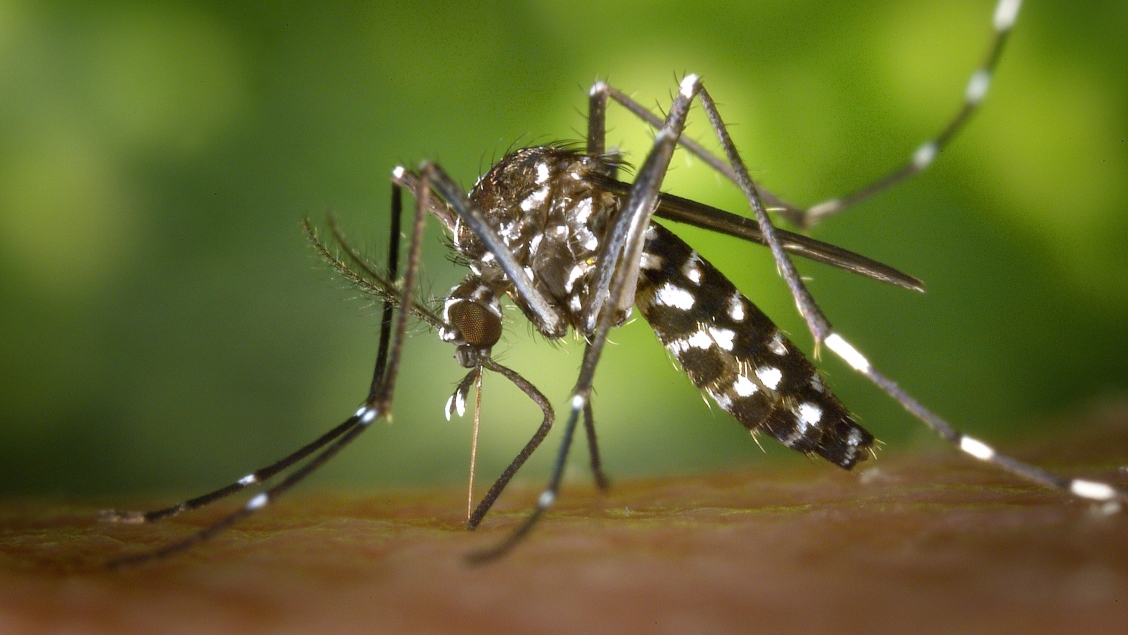
Decoding the Genomes of Small Species
Thanks to a new sequencing workflow presented in a recently published paper in Genes which removes some steps from traditional sequencing, we can achieve a smaller loss in DNA when decoding the genomes of small species.
Decoding the genomes of small species
Researchers from the Wellcome Sanger Institute (University of Cambridge) and Pacific Biosciences have read the whole genetic code of a single tiny mosquito using de novo genome assembly, a powerful technology that has allowed the generation of a high-quality genome using a reduced amount of DNA.
This is the first time scientists have obtained the whole genome of small species by extracting genetic material from only a single insect. Previous efforts to build high-quality mosquito genomes required a pool of 80 or more individuals that were inbred for many generations. Moreover, the time required to construct the whole assembly is being reduced to just a few days.
Decoding the mosquito’s genome
The results of this research are reported in a recently published paper in Genes where the authors explain they worked with scientists at the sequencing technology provider Pacific Biosciences (PacBio) to decode the mosquito’s genome. By using a new low-DNA-input protocol with the company’s long-read single-molecule real-time (SMRT) sequencing technology, scientists can use a smaller amount of DNA to start sequencing genomes. The new protocol removes two steps from traditional sequencing—shearing and size-selection—and this results to a smaller loss of DNA.
“Being able to sequence an individual, small-bodied organism without the need for time-consuming inbreeding and pooling strategies means the time to a result is significantly reduced, the resulting genome assembly is a more accurate representation of the genome of interest, and the bioinformatics is drastically simplified, since only two haplotypes (maternal and paternal) are present,” explains Jonas Korlach, chief scientific officer of PacBio, and corresponding author of this work.
Concretely, the scientists took just 100 nanograms of DNA to decode the mosquito’s genome, which is over an order of magnitude less than the 5 micrograms of DNA normally required. Additionally, the assembly using only one individual and one sequencing technology exhibited a higher level of contiguity, completeness, accuracy, and degree of haplotype separation than any previous insect assembly.
The foundation for new sequencing protocols
This study lays the foundation of a new protocol for sequencing genomes of groups like arthropods, in which genomes have been built through considerable efforts of inbreeding organisms to reduce their heterozygosity levels such that many individuals can be pooled together for DNA extractions.
Finally, these findings have implications in the prevention of some diseases since, as the authors state, “sequencing the genome of an individual mosquito is a great first step to fighting diseases like malaria that are carried by these vectors”. They also point out that this methodology potentially enables us to sequence agricultural pests causing diseases in important crops that need fast action, metagenomic community characterizations of small biofilms, and DNA isolated from very small needle biopsy samples.
In short, a method that opens the door to discovering the genetic biodiversity of organisms where DNA was previously insufficient, which would highly assist initiatives like the Earth BioGenome Project, which aims to build high-quality reference genomes for more than a million described species over the next decade.
If you’re interested in learning more about this and other similar topics, visit the Genes journal homepage for more.










